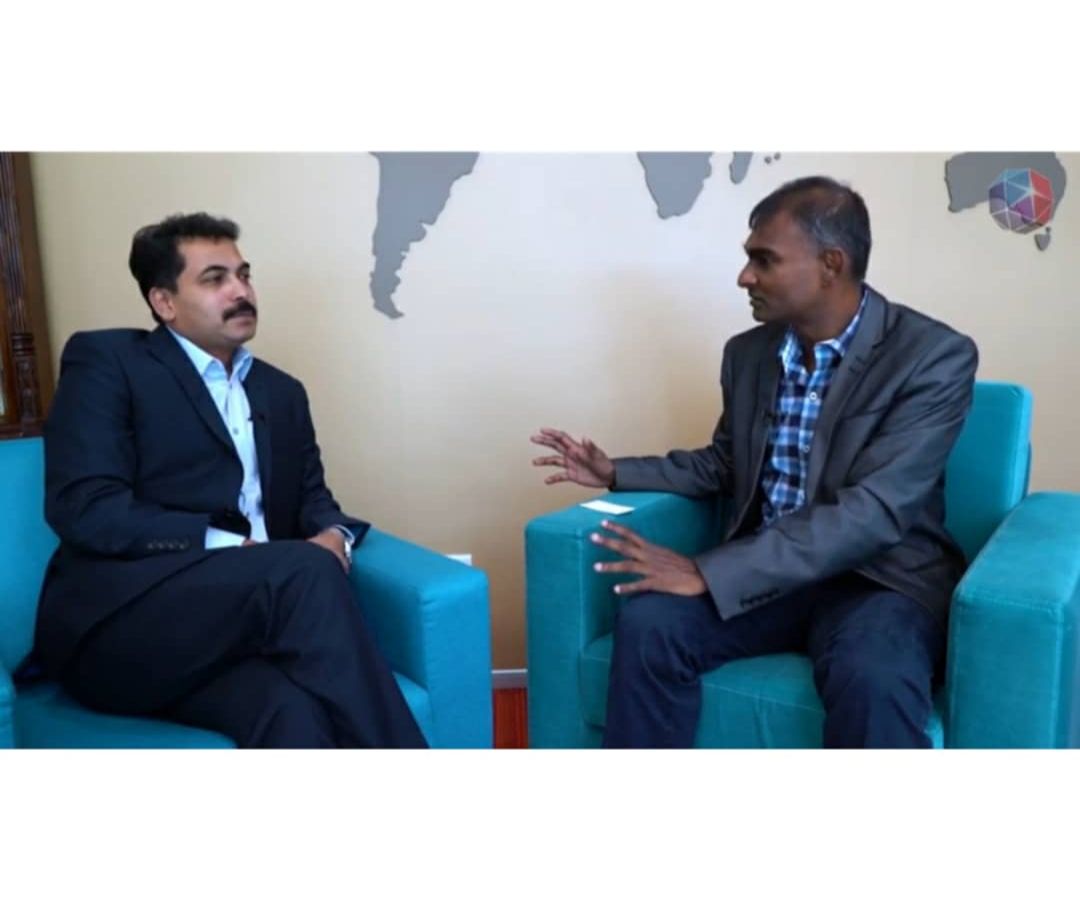Women Engagement

Towards greater connections
Engagement has been such a hot buzzword thrown about in organisational development, human resources (HR) and leadership thought circles that it has become widely acknowledged as a critical driver in drawing out discretionary effort from workers.
But what is engagement, really? (And no, I’m not talking about a state of betrothal between two people with the view of matrimony).
Defining ‘engagement’
A simple Google search brings up various definitions, signifying the connection, enthusiasm and absorption an employee has towards organisational goals, and the willingness to take positive, discretionary action to further overall business results.
Broadly speaking, employee engagement has very little to do with technical knowledge or skills, but a state of mind and feeling. The term “engagement” itself is closest to the word “commitment”, which in itself is an emotional construct.
Engagement can be defined not as employee happiness or satisfaction, but the emotional commitment to the organisation and its goals.
It’s a state where 88% of highly engaged employees see themselves contributing by understanding how their job contributes to the organisation towards achieving business goals (2012 Global Workplace Study, Engagement at Risk: Driving strong performance in a volatile global environment by Towers Watson).
The current workplace scene shows that the corporate world’s efforts at engagement programmes seem to be gaining gradual success.
Based on the most recent Gallup’s State of the Global Workplace surveys, 13% of employees felt engaged in 2011–2012, up from 11% in 2009–2010. “Not engaged” employees increased from 62% to 63%, but this was offset by a reduction in “actively disengaged” from 27% in 2009–2010 to 24% in 2011–2012.
Whilst business practices have adapted quickly to rising connectedness in a highly competitive global and local workplace, there is increasing pressure on leaders and managers to continue the search for effective engagement models.
As technology drives an ever-changing experience in the way we live and work, there is a growing demand for evolving knowledge, skills and management structure.
From flexi-hours to hot desking, crowd sourcing, virtual and global teams, and other non-traditional working arrangements, employers must evolve with these changes whilst keeping employees emotionally aligned with organisational goals, or risk being left behind.
Women in the Malaysian workplace
As reported in the Gender Diversity Benchmark for Asia 2014 (GDBA 2014) benchmarking gender diversity in more than 30 multinational companies across six Asian markets (China, Hong Kong, India, Japan, Malaysia, Singapore), Malaysian women have it better than our Singaporean sisters.
Our nation has more than achieved gender parity, with women representing an average of 58.1% of the total workforce: 63% at junior level, 50.3 % at middle levels, and 34% at senior levels.
Yet surprisingly, our women’s labour force participation rate at 46% is significantly one of the lowest rates amongst ASEAN countries.
UNDP’s Asia Pacific Human Development Report 2010 opines that increasing that rate to 55% will drive gross domestic product up by 2% annually.
That alone should be a key motivating factor for Malaysia’s public and private sectors to look critically at how organisational infrastructure can integrate women engagement into what has been a traditionally male-dominated environment.
This then begs some key questions.
How would engagement help with attracting and retaining more women in the workplace?
What is engagement currently looking like for Malaysian women?
Do women require different factors for engagement, compared to their male counterparts?
Women and engagement
The fact remains that we spend more time at work than anywhere else.
Work enables us to have some physical and psychological needs met – physical survival, the security of employment, satisfaction in our ability to achieve and contribute towards a goal, and relationships with others.
The Gallup Engagement Hierarchy measures 12 important elements of employee engagement that are directly tied to performance results.
These 12 elements are grouped into four sections:
- Basic needs.
- Management support.
- Teamwork.
- Growth.
Gallup’s research has shown that the foundational items must be in place in order for any organisation to progress towards a higher level of employee engagement.
Psychologists and neuroscientists demonstrate that, contrary to popular wisdom, women are not necessarily more “emotional” than men.
We are just wired – cognitively and physiologically – to respond differently to emotional stimuli.
For example, male and female brains are differently predisposed towards empathy, emotional intelligence and systems thinking.
Traditional gender stereotyping and societal pressures reinforce our perception that women are more expressive and men more impassive.
It is precisely these social conditionings that generally predispose women towards both seeking out (as employees) and implementing (as managers) the middle levels of the Engagement Hierarchy – Gallup’s global poll shows that women are more likely than men to be engaged in their jobs.
The hierarchy’s mid rungs include showing care and recognition, helping team members to find meaning and excel in their work, feeling as though you belong, and having a best friend in the workplace.
In addition to that, with the advent of Gen-Ys and the gradual shift towards a more open and flexible work culture, it’s no surprise that gender studies find women excelling in the “relational” and “nurturing” competencies required for management and leadership.
Women workforce in Malaysia
Yet it is women’s emphasis on relationships that forms a very real societal reason why Malaysia’s labour participation rate is so low – in TalentCorp’s 2013 survey, having to raise a family is one of the main reasons why women chose to quit their jobs.
Clearly, most women don’t quit out of a desire to stop working, but because our economic and organisational infrastructure does not currently provide the necessary support for women struggling to cope with the pressure of excelling in both their professional and personal lives.
Of 122 publicly-traded Malaysian companies surveyed, only 6% had childcare centres, with less than a fifth with mothers’ rooms.
At the top of the professional stratosphere, only 7% of board seats on Bursa Malaysia-listed companies are held by women.
In Malaysia, our need is to continue seeking out the tools and practices that help us foster greater engagement in our public and private sectors.
Concluding thoughts
Am I advocating that the conversation on workplace engagement should examine differences in the way both genders are engaged?
Yes, but not at the expense of either gender, or doing so just for gender parity’s sake.
Companies rolling out mother care facilities, fitness clubs and other structural initiatives would do well to involve both men and women in a dialogue to intentionally discover the engagement factors that would suit both, in a way relevant to that organisation.
Critically, the drive towards engagement best practices requires organisations to reflect deeply into creating better opportunities for employee growth.
After all, the principles needed to develop great employees, managers and leaders should cut across the boundaries of gender and generational differences.
Yi-Wen is part of the Learning & Acceleration team in Leaderonomics’ Corporate Services unit. For more information on engagement and corporate culture, connect with her at yiwen.hui@leaderonomics.com. For more insights on women and careers, visit www.leaderonomics.com
First published in English daily The Star, Malaysia, 8 November 2014
Business






